Hello again Friends,
A very disturbing story, out of Nuevo Laredo, just across the river from Laredo, TX.
Mexican authorities are sorting through powdered and fragmented human remains in a burned out house on the outskirts of that border city.
The Associated Press reports that after 6 months of work, forensic technicians still aren’t sure just how many people were murdered and their bodies disposed of in and around the home.
In one room alone, burnt and compacted remains were more than 2-feet deep.
Realize, this is just one room, in one house, in one border city— disposing of the remains of who knows how many cartel victims. Some may have been involved in drug smuggling or other criminal activity— others may have been Police unwilling to take bribes— and others still may’ve just been innocents that the Cartel decided to do away with for any number of possible reasons.
The existence of the house reminds us of similar past stories in other border cities, including that of a man they called El Pozolero—”the stewmaker”—who was apparently some kind of a wizard at dissolving remains in barrels of acid and disposing of them in ways that destroyed all evidence.
El Pozolero was in the news back in 2009. He was paid $600 a week for his work in Tijuana.
Getting back to the House of Death in Nuevo Laredo— the place is apparently on the edge of town— with wide open spaces for enterprising cartel “cooks” to really explore their craft:
Uncounted bone fragments were spread across 75,000 square feet of desert scrubland. Twisted wires, apparently used to tie the victims, lie scattered amid the scrub.
Each day, technicians place what they find (bones, buttons, earrings, scraps of clothing) in paper bags labeled with their contents: “Zone E, Point 53, Quadrant I. Bone fragments exposed to fire.”
This is one of the things many folks fail to grasp about the state of things in Mexico right now. We’re talking about a sort of cottage industrialization of body disposal. Something that isn’t the work of isolated nutcases and serial killers— but intelligent, rational (after a fashion) contractors who are filling a need in the cartel economy: getting rid of the evidence certain victims ever existed. No body, no crime, as the saying goes.
That’s what kind of a mess Mexico is right now. People are disappearing every day, forever, and by and large no one’s hearing much of a peep about it in English-language news sources, and yet, the disposal of these people’s remains has been semi-industrialized.
At the Nuevo Laredo site, to which the Associated Press was given access this month, the insufficiency of investigations into Mexico’s nearly 100,000 disappearances is painfully evident. There are 52,000 unidentified people in morgues and cemeteries, not counting places like this one, where the charred remains are measured only by weight.
And people continue to disappear. And more remains are found.
“We take care of one case and 10 more arrive,” said Oswaldo Salinas, the head of the Tamaulipas state attorney general’s identification team.
Meanwhile, there is no progress in bringing the guilty to justice. According to recent data from Mexico’s federal auditor, of more than 1,600 investigations into disappearances by authorities or cartels opened by the attorney general’s office, none made it to the courts in 2020.
Meanwhile— on the US side of the border, the criminality may be somewhat less gruesome, but it is perhaps even more shameful.
Last night, the Texas Tribune put out an awful blockbuster, about children being sexually abused in a state-paid facility that’s supposed to be protecting them.
And it isn’t happening in some squalid little border facility. It’s smack dab in the middle of the hill country, right next to Austin, in the town of Bastrop, at a place called “The Refuge.”
If that looks like a church building in the lower right corner— that’s probably because it is. The organization is apparently faith-based.
Readers may be wondering, what do exploited kids in Bastrop have to do with the border? Well, if you believe sex trafficking in the state is tied to cross-border movement of underage children— and many do— then the question should answer itself— even though the facility in question says it is meant to serve domestic victims of sex trafficking.
Seven children, ages 11 to 17, were victimized by nine alleged perpetrators, according to discussions held during an emergency court hearing called by U.S. District Judge Janis Jack on Thursday. The children remained in the facility for over a month after the abuse was first reported before they were removed.
—Reese Oxner, The Texas Tribune
9 Alleged perpetrators. According to the organization’s 2020 impact statement, they have about 58 total staffers— so if the accusations are true, we’re looking at about roughly 1/6th of the staff being involved, possibly more. Who knows? We don’t.
The children were sexually and physically abused and suffered from neglectful supervision and medical neglect while at The Refuge, a facility located in Bastrop contracted by the Texas Department of Family and Protective Services, a current Refuge employee reported to state authorities on Jan. 24. The court and the court monitors — watchdogs of the foster care system appointed by the judge — were not notified until Thursday.
That employee said a former staff member sold nude photos of two children in the facility’s care, using the proceeds to purchase illegal drugs and alcohol that were then supplied to the children, according to a letter from DFPS filed on Thursday notifying the court about the incident. Local law enforcement and the Texas Department of Public Safety were immediately notified, according to the letter.
“Has the governor seen it?” [Judge Janis] Jack asked, referring to the letter. No one answered.
In a statement Thursday evening, Gov. Greg Abbott said the Texas Rangers will investigate, arrest and pursue charges against any suspects related to the Refuge allegations.
—Reese Oxner, The Texas Tribune
Reporter Reese Oxner and the Texas Tribune have much more on the subject. From reading his work, it appears many of the accused are related to each other— family members, marital ties, etc, further complicating and compounding the apparent need for a thorough investigation.
It’s a huge embarrassment for the State of Texas, and privately-operated care centers in general.
It calls to mind instances of celebrity-funded orphanages and other services overseas in Africa, Haiti, and other locations where authorities have discovered widespread sexual abuse and trafficking.
Folks keeping an eye on current events in Kinney County and Maverick County are aware of a significant increase in the arrivals of Cuban asylum seekers. Already this year, the Southern Border has seen about 30-thousand Cubans arriving— compared to 38-thousand over the course of all last year.
What’s up with that?
Reporter Lauren Jessop, from the website “CitizenStringer.com” connects the dots quite handily— tracing the increased traffic back to last November, when Nicaragua relaxed visa requirements for Cuban nationals.
Predictably, waves of Cubans have been taking advantage— hopping on planes to Nicaragua, and from there to Mexico— avoiding the US Coast Guard and Biden White House regulations requiring their return to Cuba, and showing up in places like the old Moody Ranch in Kinney County— and the U.S. Border Patrol boat dock in Eagle Pass.
Ms. Jessop tells us she’s working on another, deeper aspect of this story— we’ll keep an eye out for that.
We’ve been tardy bringing it to our readers’ attentions— some may already be aware, but some area lawmen are in deep trouble— accused of official corruption.
The latest is happening in Dimmit County— the Carizo Springs area.
Sheriff Marion Boyd is accused of witness tampering, and we’re told he and one of his deputies are accused of tampering with physical evidence in a crash investigation.
This all comes on the heels of recent troubles in Real County where a Texas Rangers investigation of the Sheriff there is said to be ongoing, following accusations that cash and a vehicle were illegally seized.
All of this speaks to some of what we’ve been saying for months now— about the need for extra care in Kinney County— for all I’s to be dotted, and T’s to be crossed— that it was a sure bet that all manner of increased scrutiny would be levied on the County.
Is Operation Lone Star related scrutiny playing a role in the investigations in Dimmit County and Real County? The State hasn’t said it, but the timing and the nature of the investigation in Real County would seem to support the assertion.
From here it’s hard to know if the light at the end of the tunnel is actually daylight, or just the beams of another locomotive barreling down upon us. There are some estimates that Operation Lone Star could drag on for as many as 2 to 3 years. Imagine if those are optimistic numbers, and it lasts more like 6 or 7.
One hopes not. One hopes that the Federal Government will come to its senses, and rescind the various policy changes that have helped create the crisis to begin with.
As we write this, Webb County is about to come online and join Operation Lone Star. Webb County would be the largest County in the state to do so— and perhaps also the bluest of them all.
Long time readers may recall us pointing out many months ago, Webb County Judge Tano Tijerina saying the White House was “ghosting” him any time he reached out for help with the increased border traffic. It should come as no surprise that he’s turning to the State for help.
The picture below is from last summer— when Judge Tijerina declared a local state of disaster, and banned federally contracted buses bringing illegal aliens into Webb County.
The demographics in Webb County are something like 95 % Hispanic, maybe 98%— perhaps letting some of the air out of the tires of accusations of racism associated with Operation Lone Star.
That should do it for now— we hope this newsletter hasn’t been too much of a downer. On the upside, Kinney County’s court system is starting to operate in a gangbuster fashion. It would be too much to try and claim pretensions of well-oiled machinery when it remains a bit of an ad-hoc, ad-libbed effort for workers still adjusting to new policies, routines, and requirements associated with Operation Lone Star, but the numbers speak for themselves.
In October of last year, Kinney County managed to handle about 58 cases related to Operation Lone Star. The Month of February, meanwhile, saw more than 590.
One thought that’s occurred to us as an observer, is the fact that County workers at almost all levels are being asked to perform at new, much higher levels than they were perhaps accustomed to in the happy, shiny, sleepy days of 2020.
The eyes of more than just Texas are present and watching, and a tiny little Country Courthouse is being asked to do some big boy things.
So far so good.
As always we should mention our employment with the Kinney County Sheriff’s Office, and how this newsletter is an independent work product, and any errors or opinions expressed within are entirely our own.
Have a great weekend, we’ll see you again soon.
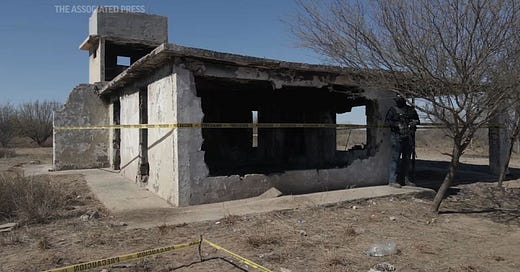



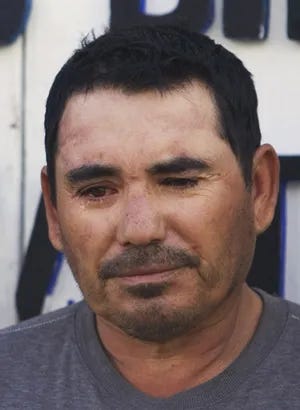

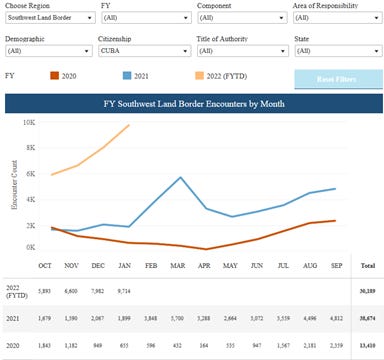
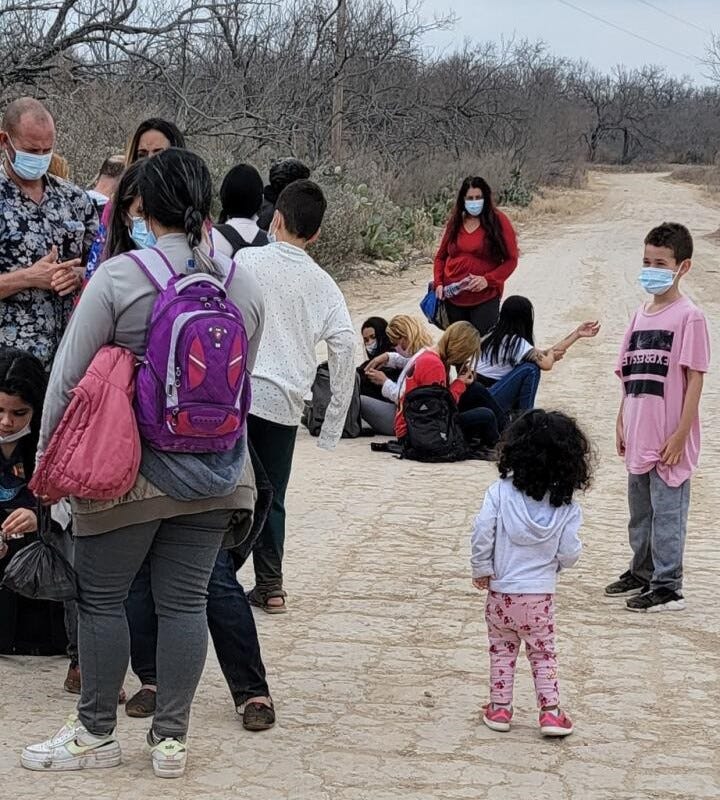
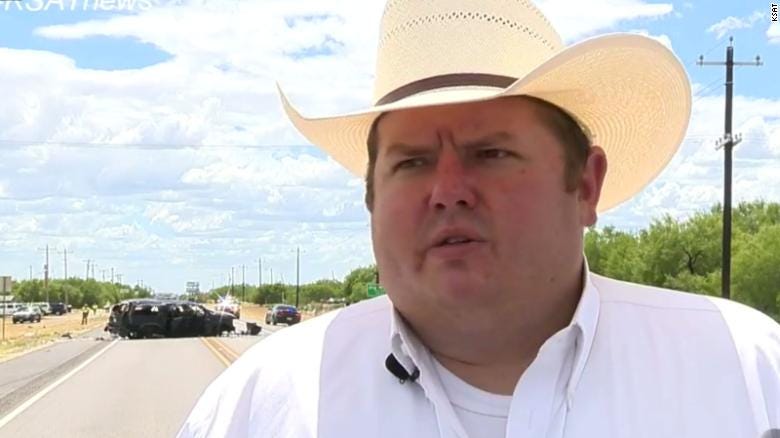
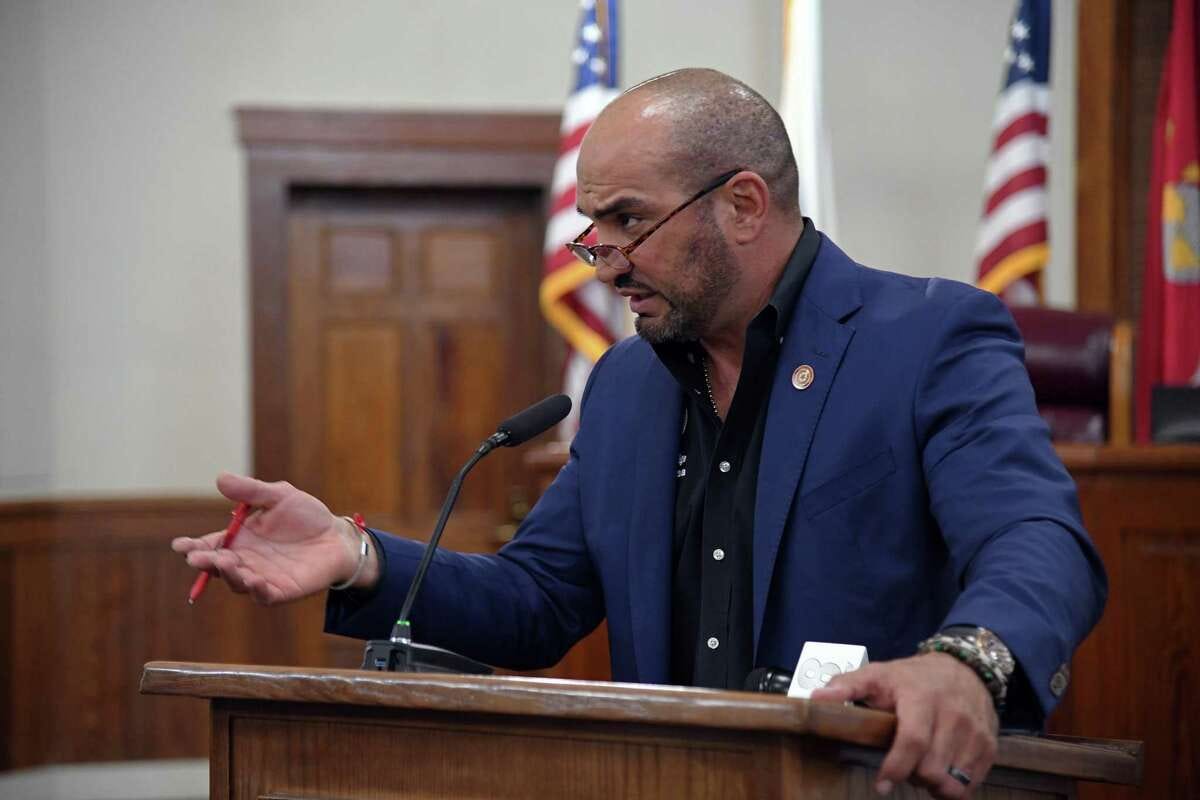
Updated/Edited to include a *link* the Tribune's coverage of "The Refuge." A mistaken oversight on our part.